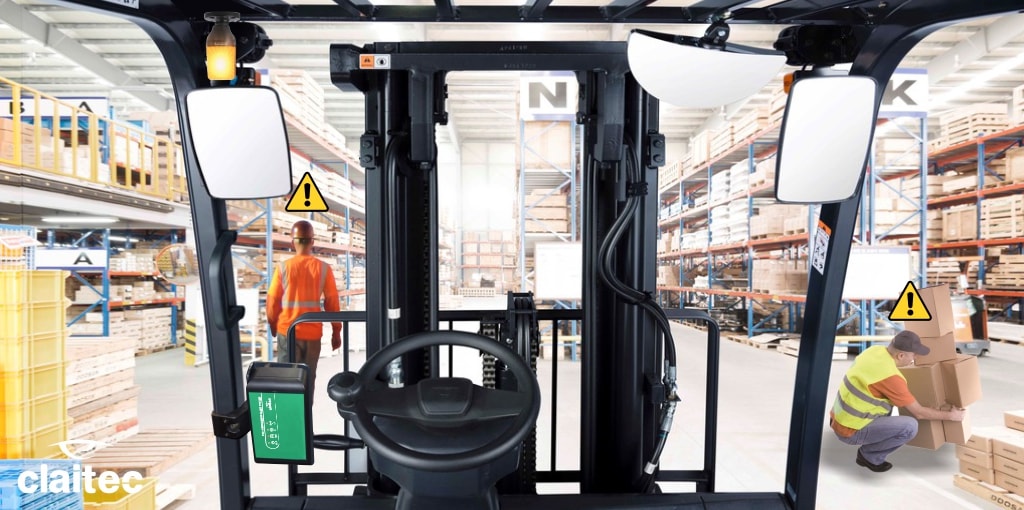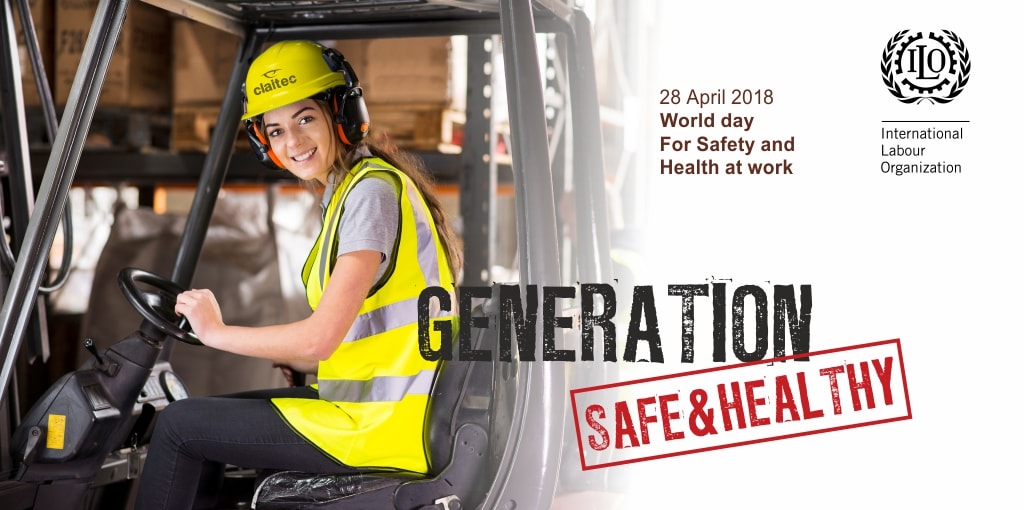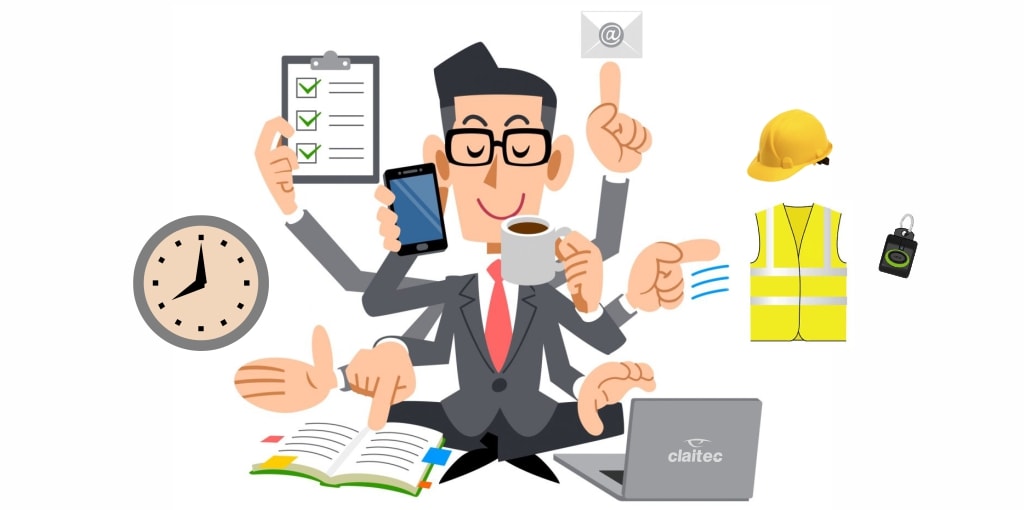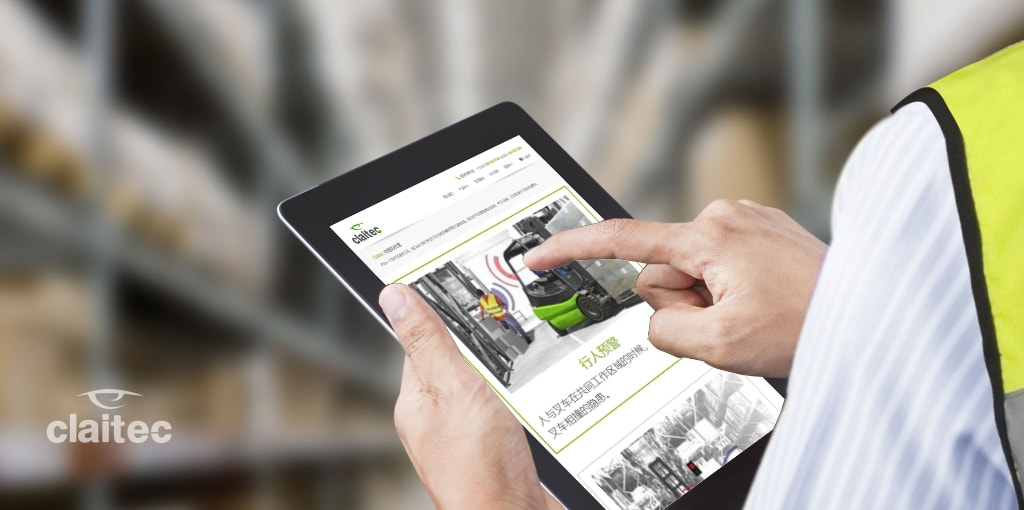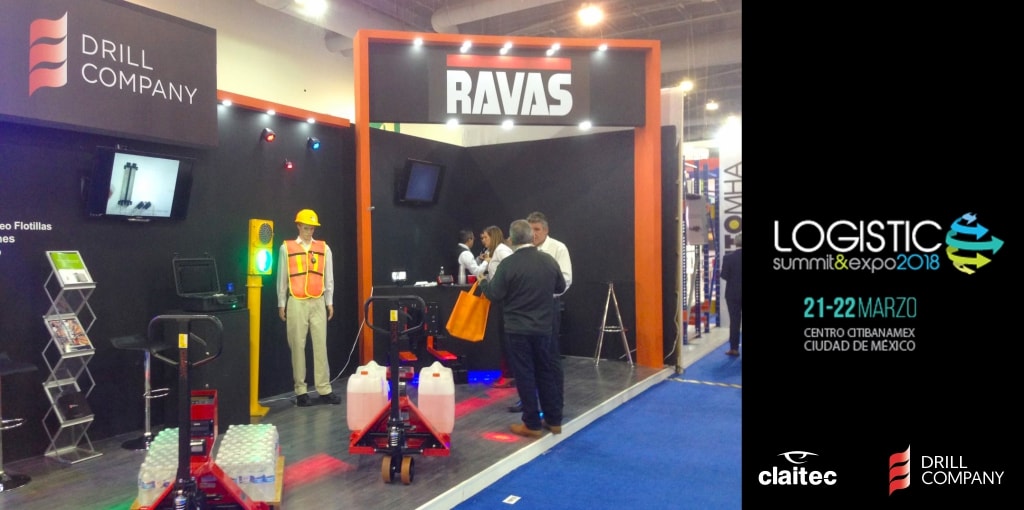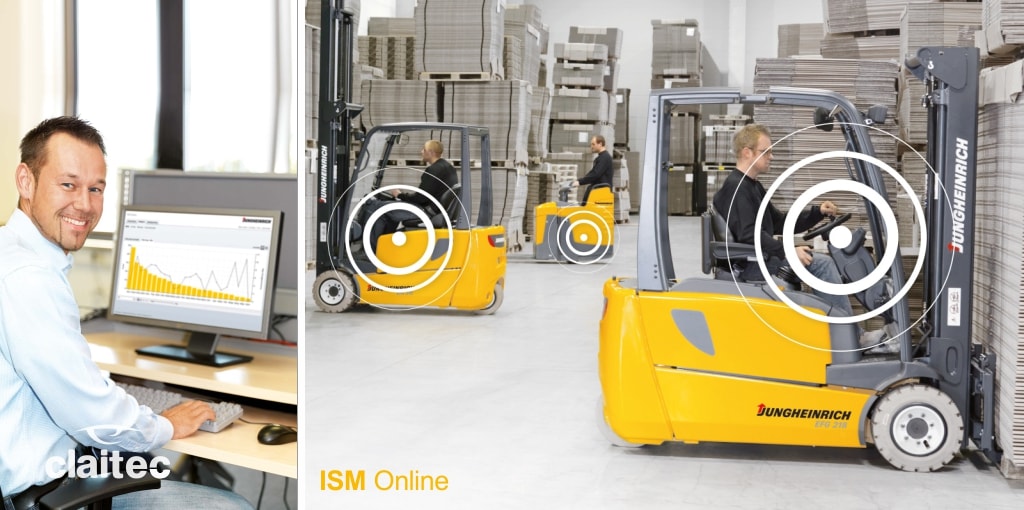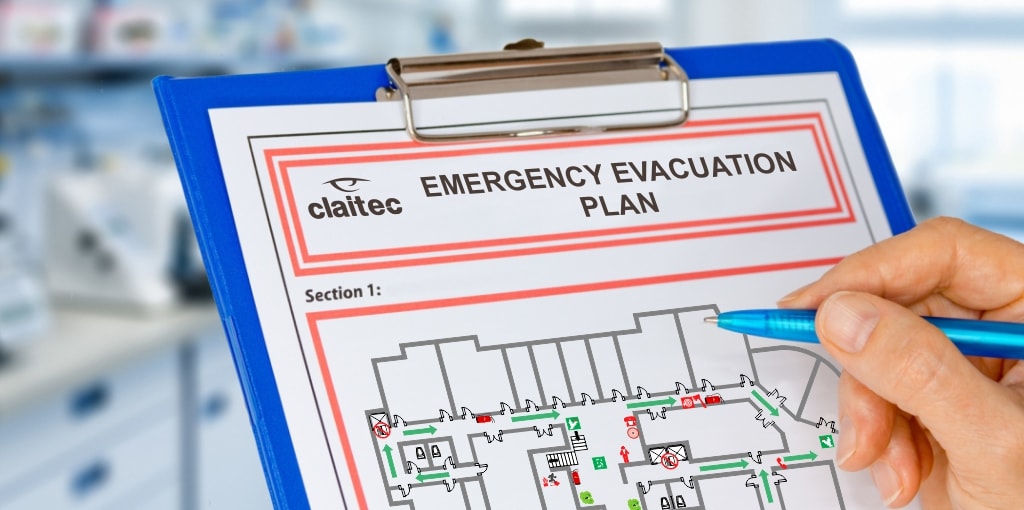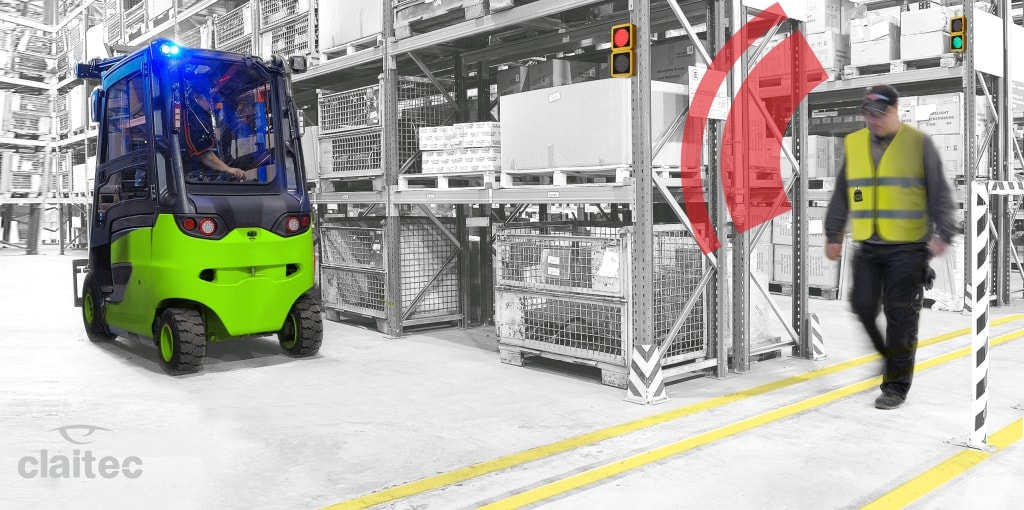“I didn’t really see it”, or “it was impossible for me to guess it was there”, are some of the excuses we tend to hear after an accident has occurred. Sadly, in most cases these are pointless, especially if an operator has been injured in the collision. Unfortunately, we hear these statements far too often and this means we still have a lot of work to do.
That’s precisely why in this post, we’d like to talk about some of the simple strategies you can apply to improve operator visibility. We will also touch on some very useful tools to help avoid forklift accidents or collisions caused by workers’ low or no visibility either whether visiting the premises or while at their jobs.
The safety tools we want to highlight include the humble reflective vest as well as reflective signs on helmets and industrial footwear. This is a simple and very economic measure to implement, but extremely effective at preventing risks. All this type of signs worn by operators will make them “more visible” in the eyes of the drivers and will help prevent accidents.
Likewise, it’s important to bear in mind that the use of reflective vests requires a serious awareness from the workers, who must understand how important it is for them to keep the vest on at all times while at work, even though it might be uncomfortable to perform some tasks, or it might feel too hot in certain other occasions.
In that sense, in many industries it’s possible to minimise these problems by incorporating the reflective strips as part of the operators’ uniforms. This will not only help avoid the extra cost of the vests but will also ensure that everyone will wear the reflective elements without having to be constantly reminded about wearing their vests.
We must also keep in mind the different developments that can make forklift drivers and operators near the manoeuvring area more visible, thus reducing the risks of accidents.
Developments such as the Pedestrian Alert System (PAS Solution) which, minimises the risks of accident between forklifts and pedestrians in common work areas. This tool warns forklift drivers as soon as it detects pedestrians at adjustable distances of 1 to 6.5 meters.
Another option: The Pedestrian Crossing Safety Solution (PCS Solution), a very useful and easy to deploy tool designed to ensure the physical integrity of pedestrians in crossing spaces. It’s applicable anywhere in any type of industrial facility.
It consists of a system that warns forklifts – by means of previously installed traffic lights – about the presence and eventual crossing of pedestrians in their area of influence.
Would you like to find out more information about any of these solutions?
Are you keen to learn more about our products?
Don’t hesitate to contact us.
